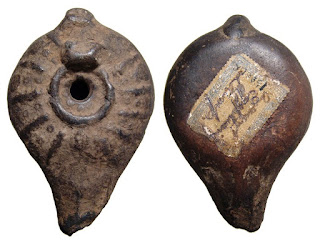Insects in amber – Your next collection craze
When it comes to precious items, serious collectors are always on the lookout for the next item or series of items that are worth including in their lineups. Sadigh Gallery suggests to all avid collectors that they get a fair look at insects in amber.
 |
Image source: asia.nikkei.com |
Today's newest craze in artifact collection brings us far back into pre-historic times, with insects in amber.
What exactly is amber?
Amber is simply a fossilized tree resin. As most industry practitioners know, tree resin is a highly viscous substance from trees and some plants, explains Sadigh Gallery. Chemically, this is a mixture of organic compounds. What makes it so unique is that it can get quite sticky.
 |
Image source: medium.com |
While it remains questionable if there is enough usable organic material to harvest from mosquitos trapped in amber as a starting point to clone dinosaurs, Sadigh Gallery certainly knows that they can be quite captivating pieces of jewelry.
Anyone who owns an insect in amber holds the privilege of caring for a keepsake that dates back from the time of the dinosaurs. Some of these fossilized amber crystals are 320 million years old! These are truly worthy of being included in anyone's collection.
Sadigh Gallery in New York City specializes in the handling and selling of ancient art, artifacts, and coins from all over the world. The family-owned business handles each interaction with their customers with utmost importance. For related reading, visit this page.



Comments
Post a Comment